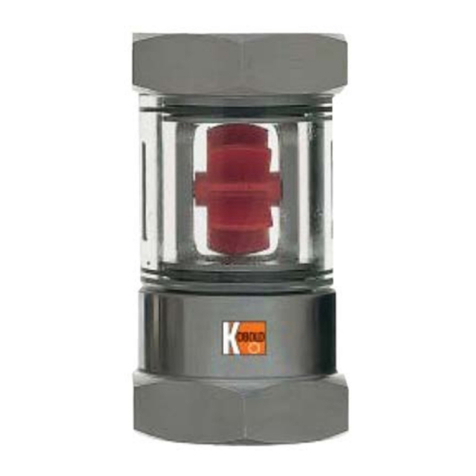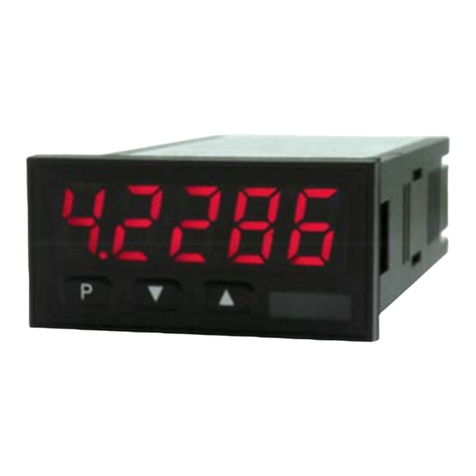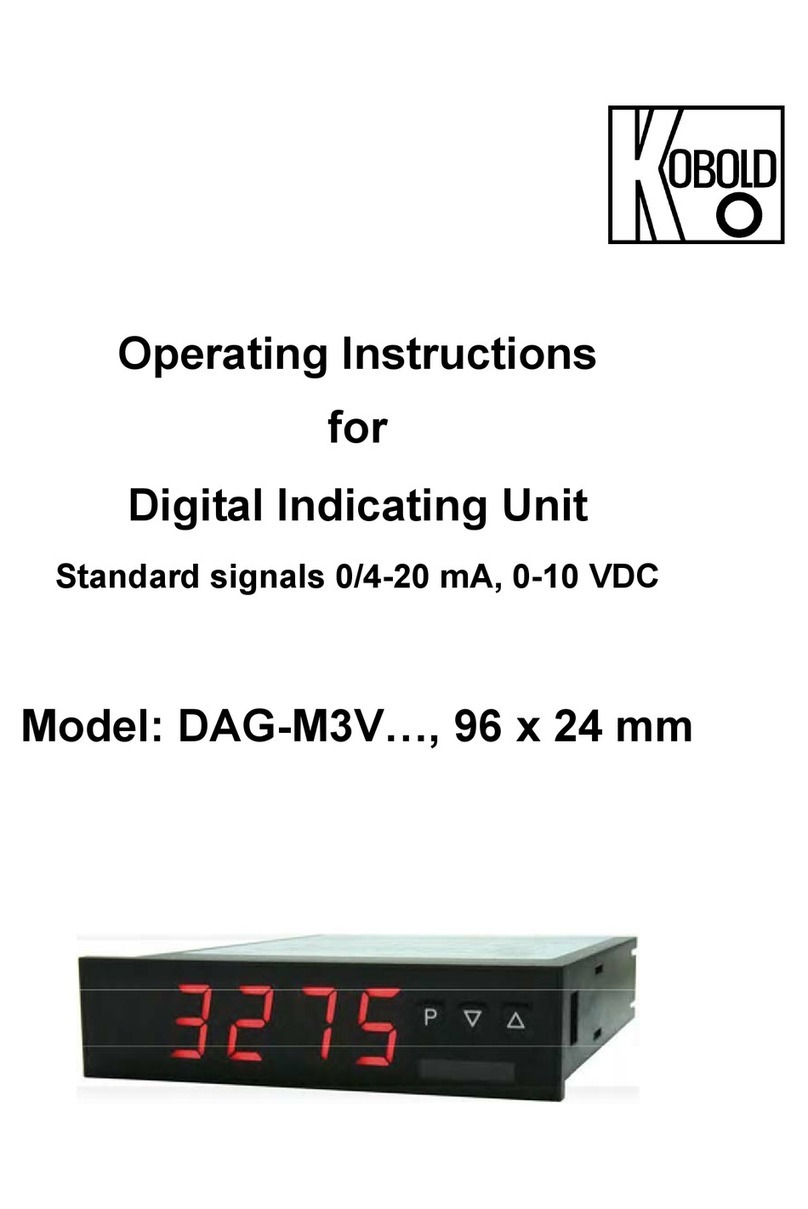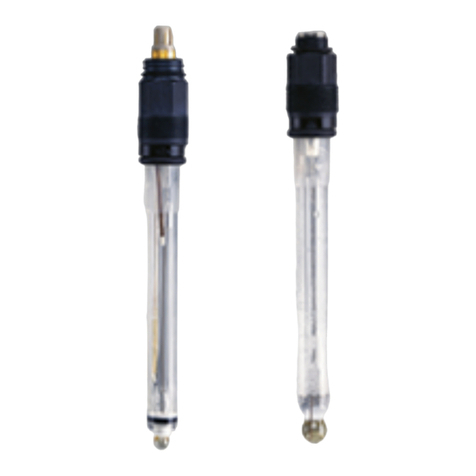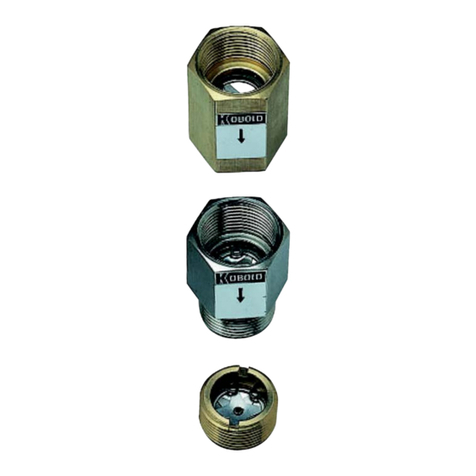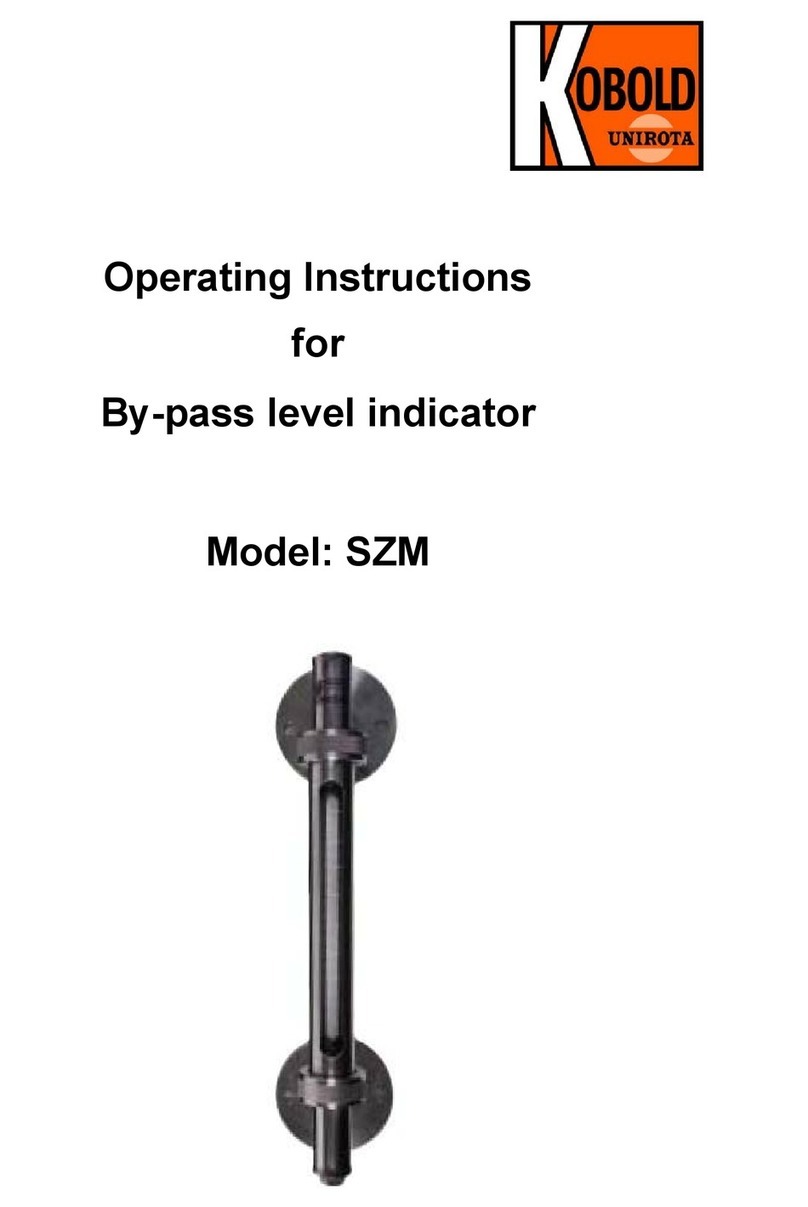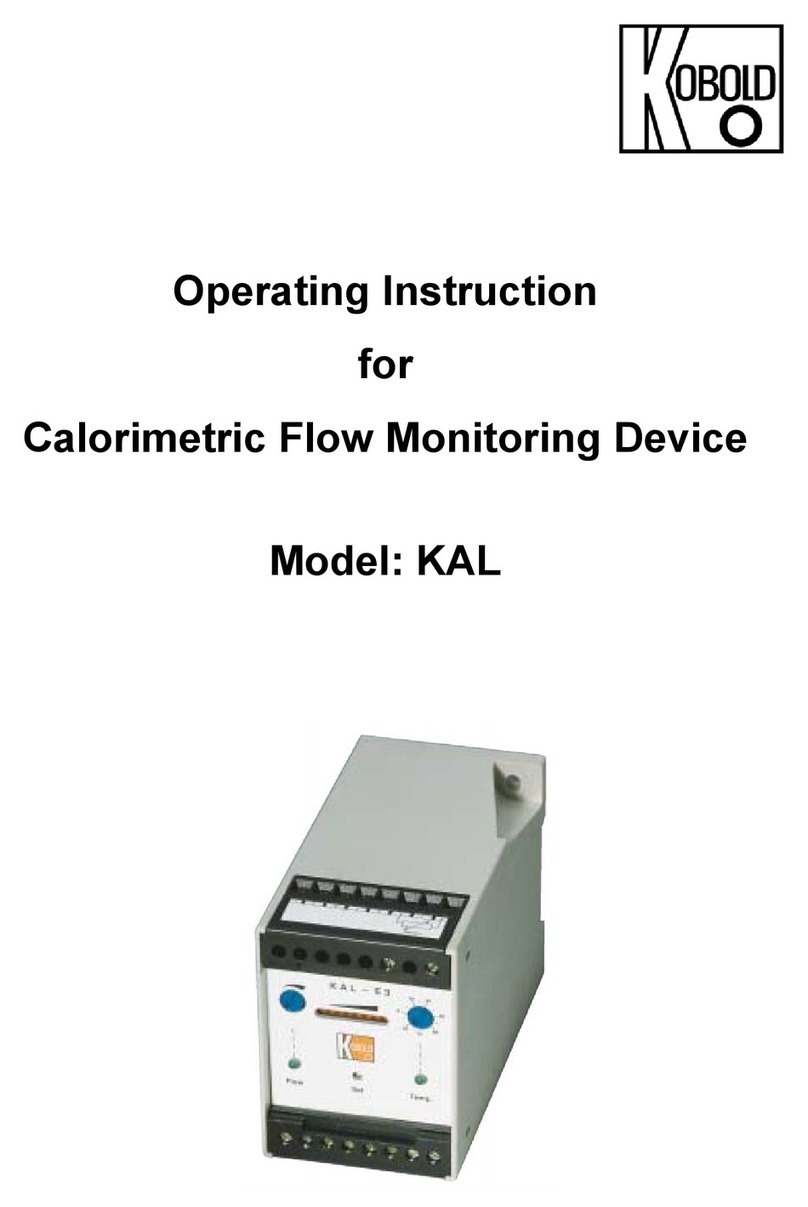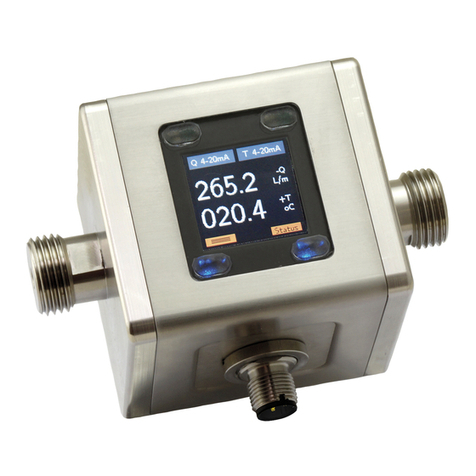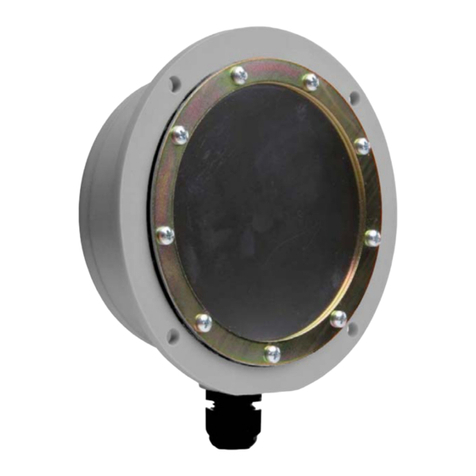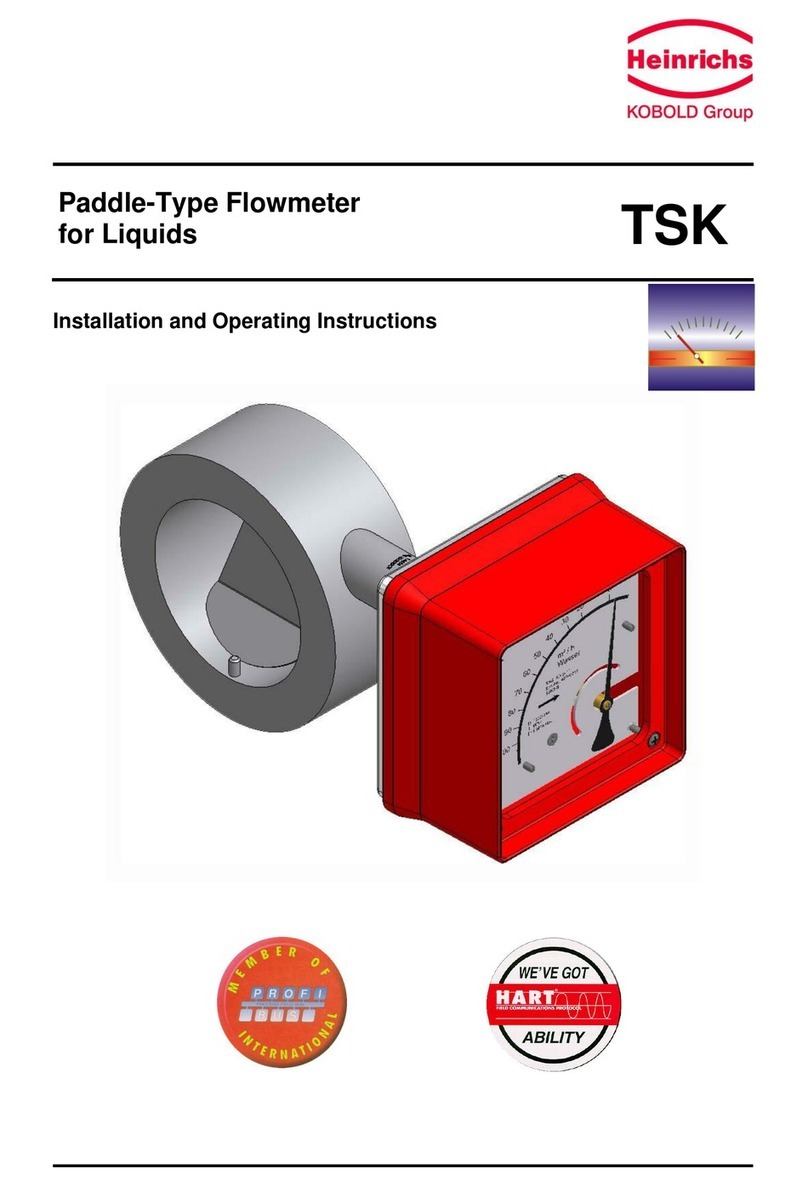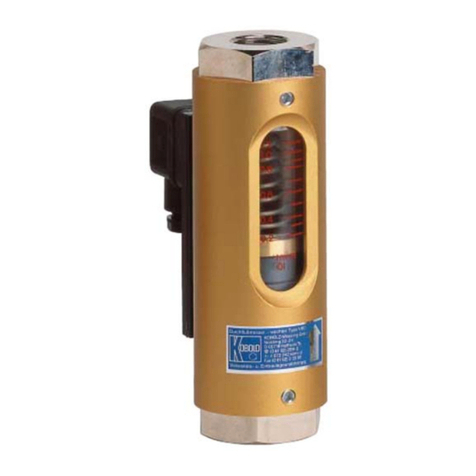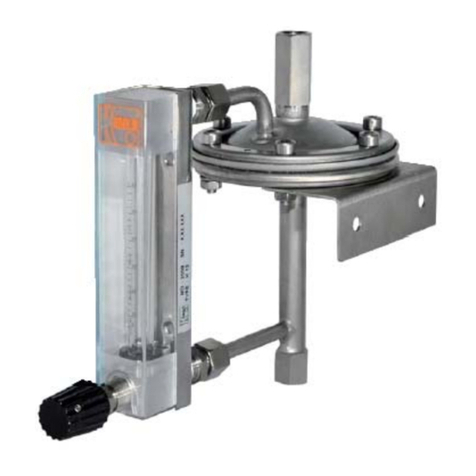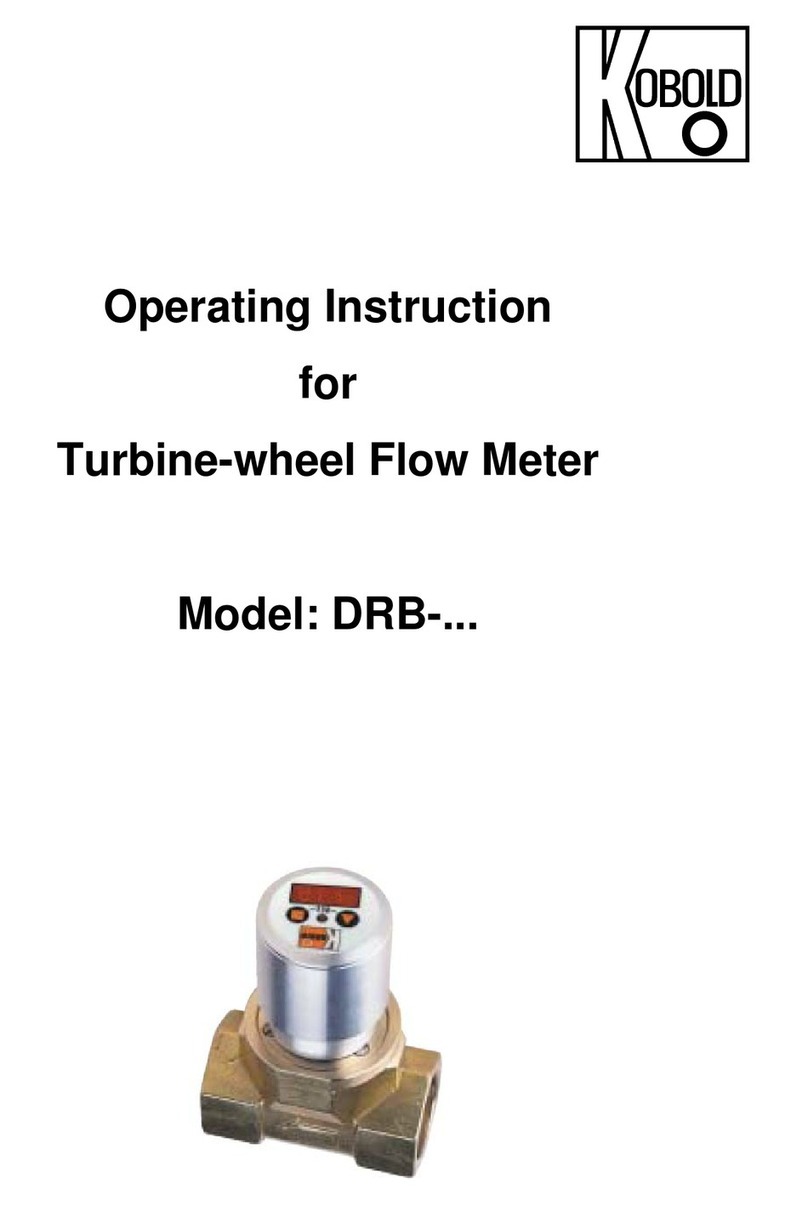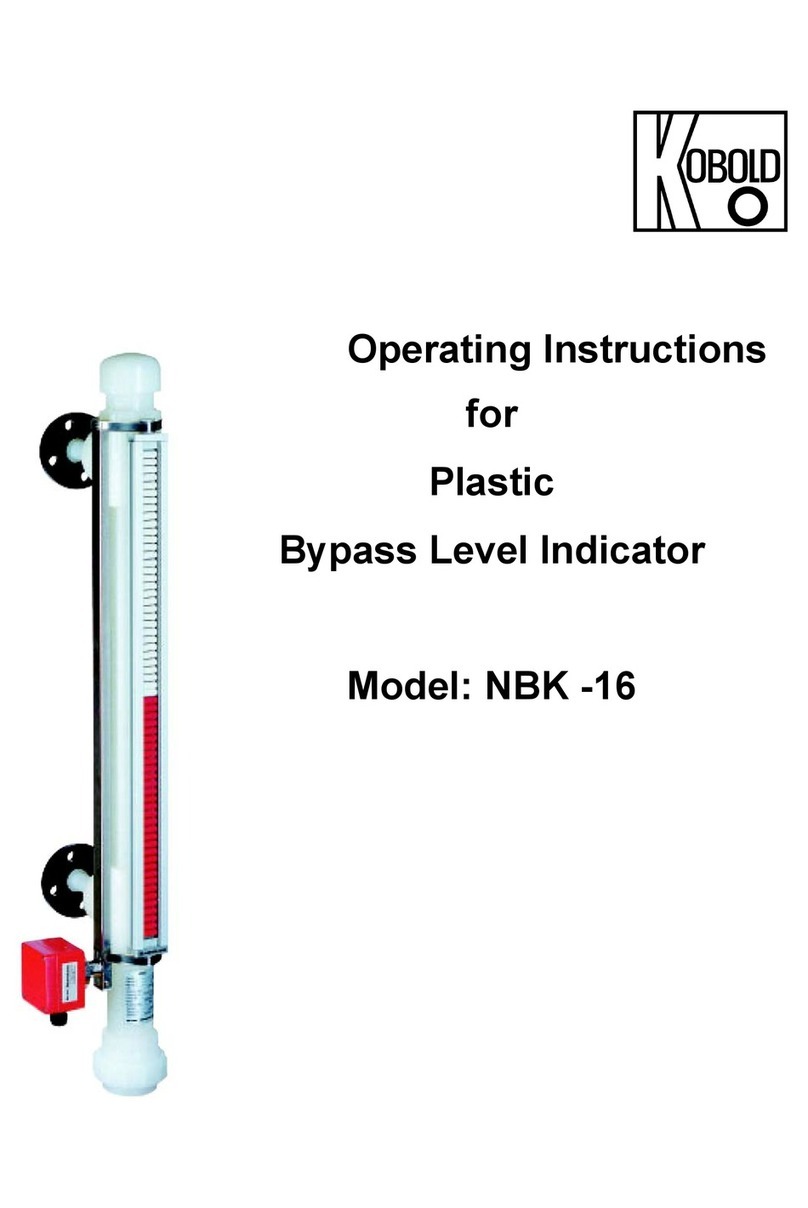
VKM
page 2 VKM K20/0522
1. Contents
1.Contents ........................................................................................................ 2
2.Note .............................................................................................................. 3
3.Instrument Inspection .................................................................................... 3
4.Regulation Use ............................................................................................. 4
5.Operating Principle ........................................................................................ 5
6.Mechanical Connection ................................................................................. 6
7.Electrical Connection .................................................................................... 6
7.1.Switching Output VKM-1.. and VKM-3.. ............................................... 6
7.2.Example for Contact Protective Measures ........................................... 7
7.3.ADI-Evaluation Electronics VKM-7.. .................................................... 8
7.4.Compact electronic VKM-8... ............................................................... 8
8.Use in hazardous area .................................................................................. 9
8.1.ATEX contact ...F0... (only VKM-1… and VKM-3…) .......................... 11
8.2.ATEX reed contact 41R57** ............................................................. 11
9.Commissioning............................................................................................ 18
9.1.General .............................................................................................. 18
9.2.Switching Output VKM-1.. and VKM-3.. ............................................. 18
9.3.ADI-Electronic Analyser VKM-7.. ....................................................... 19
9.4.Compact electronic VKM-8... ............................................................. 19
10.Maintenance ............................................................................................... 19
11.Technical Information .................................................................................. 20
12.Order Codes ............................................................................................... 22
13.Recommended Spare-Parts ........................................................................ 25
14.Dimensions ................................................................................................. 26
15.EU Declaration of Conformance (VKM) ...................................................... 28
16.UK Declaration of Conformity (VKM) ........................................................... 29
17.EU declaration of conformance (reed contact 41R57**) .............................. 30
18.Statement of conformity reed contact 41R57** ........................................... 31
19.Declaration of the Manufacturer (F0) .......................................................... 35
20.EC-Type Examination Certificate Magnetic reed switch (F0) ...................... 36
21.IECEx certificate (F0) .................................................................................. 39
Manufactured and sold by:
Kobold Messring GmbH
Nordring 22-24
D-65719 Hofheim
Tel.: +49(0)6192-2990
Fax: +49(0)6192-23398
Internet: www.kobold.com
